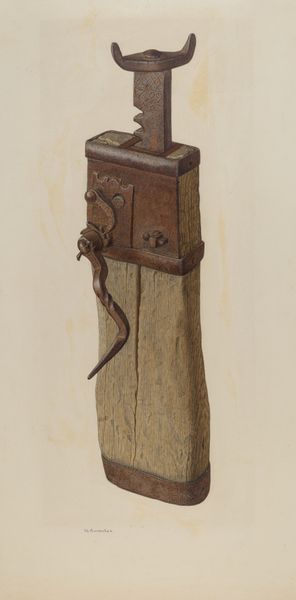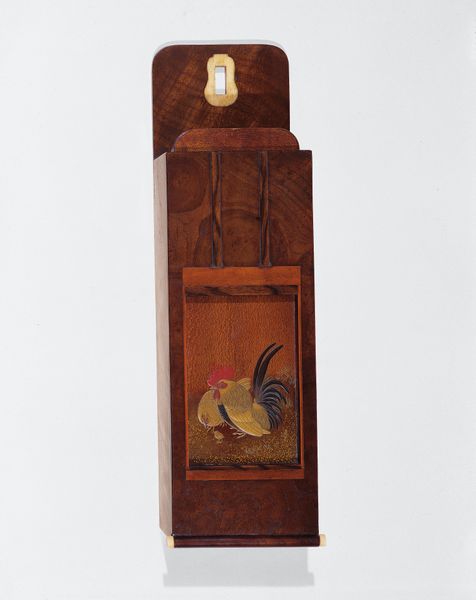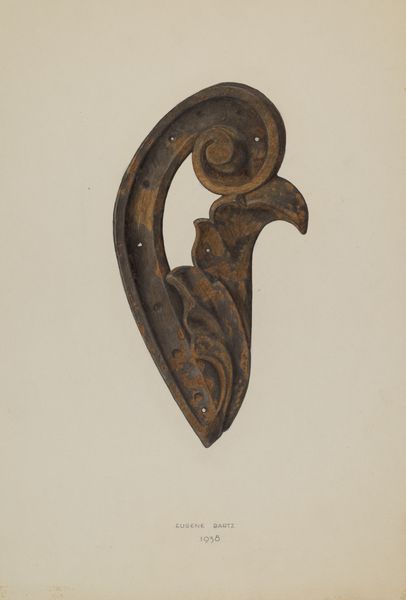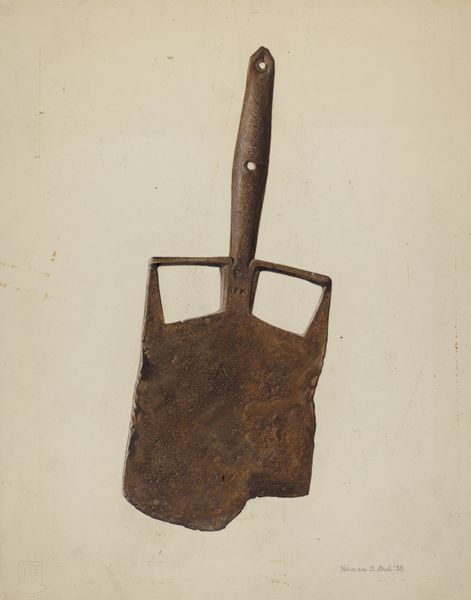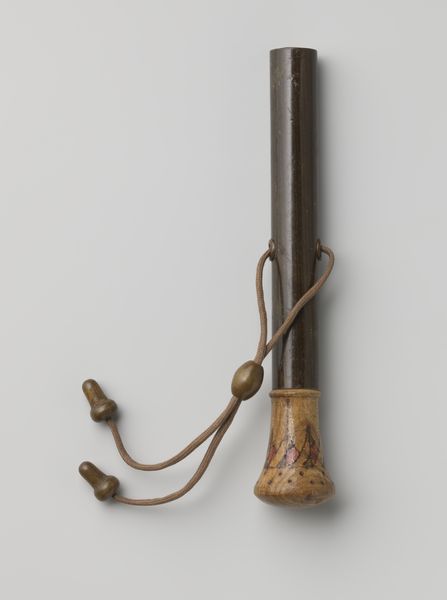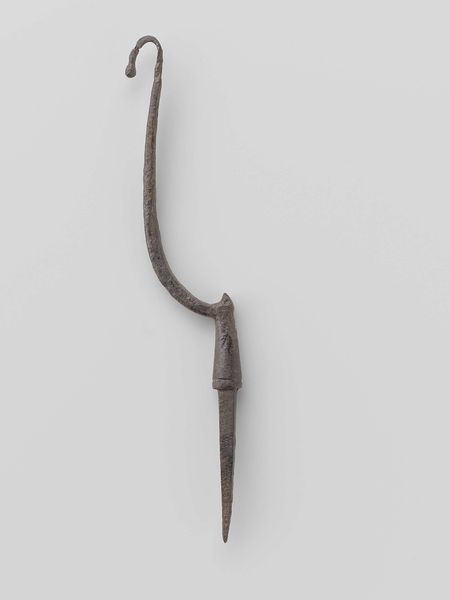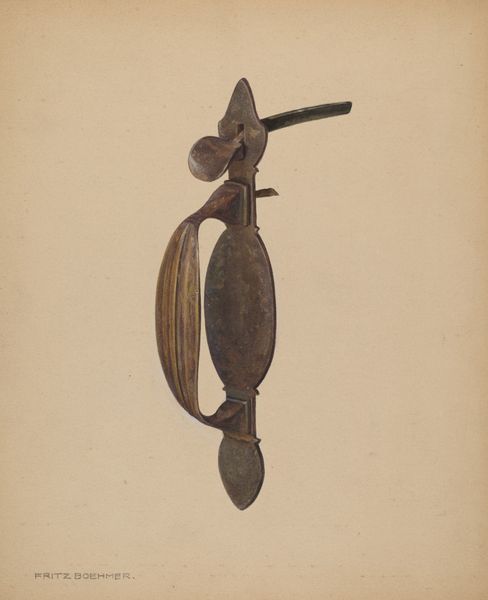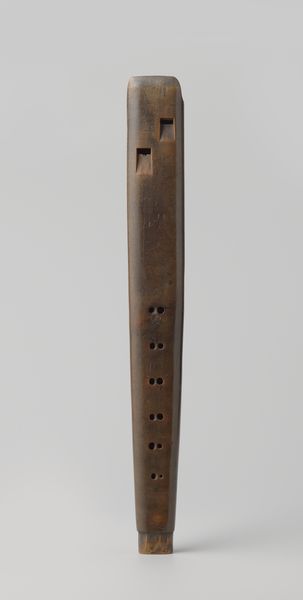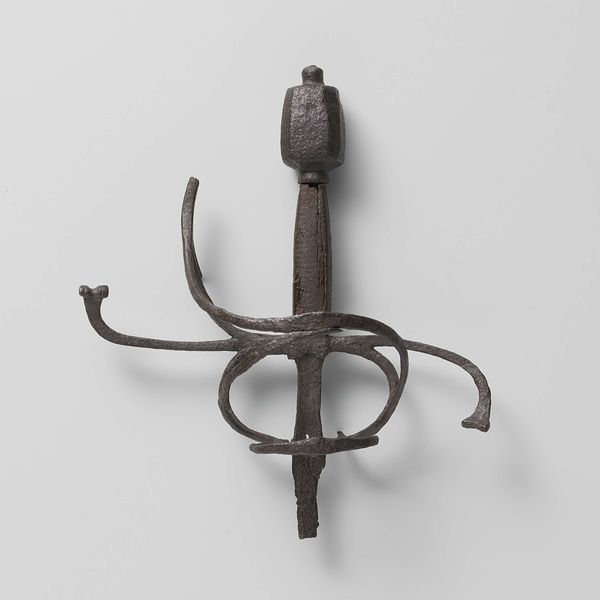
bronze, sculpture, wood
#
bronze
#
sculpture
#
wood
#
realism
Dimensions: overall: 22.86 × 15.24 × 5.72 cm (9 × 6 × 2 1/4 in.)
Copyright: National Gallery of Art: CC0 1.0
Editor: Here we have Pierre-Jules Mêne's "Dead Pheasant Mounted on a Board," likely created sometime between 1846 and 1929, crafted with bronze and wood. It's... striking, the way the lifeless bird is presented almost as a trophy. What narratives do you think this work engages with? Curator: That’s an insightful observation. What initially strikes me is how this piece exists at the intersection of art, power, and our relationship with the natural world. Consider the historical context: hunting was often associated with the aristocracy, a symbol of privilege and control. Do you think this piece celebrates or critiques that association? Editor: It's hard to say. The realism is beautiful, but there’s also a somberness to it. Perhaps it's both, celebrating the artistry while subtly acknowledging the power dynamics involved in taking a life? Curator: Precisely. And let’s think about the display. Mounting the pheasant transforms it into an object of display, further emphasizing the hunter's dominance. The choice of materials – bronze, a durable metal often used in commemorative sculptures, paired with wood – further elevates the pheasant. What does that combination of materials suggest to you about the role of nature as both a resource and an art object? Editor: It creates a tension, highlighting how nature is both revered and consumed. I guess that mirrors a lot of our contemporary dialogues surrounding conservation and sustainability. Curator: Exactly! This artwork, seemingly a simple depiction, opens up broader conversations about our place in the ecosystem and the legacies of social hierarchies. Thinking about the rise of industrial capitalism and its impact on rural communities can help us understand how hunting traditions are linked to social change. Editor: I see. I never considered that angle, but placing the work within a historical and political context really does illuminate so much more than just what is seen at first glance. Thanks! Curator: It's always about looking beyond the surface. Engaging with art this way connects us to the past and empowers us to analyze the present critically.
Comments
No comments
Be the first to comment and join the conversation on the ultimate creative platform.

